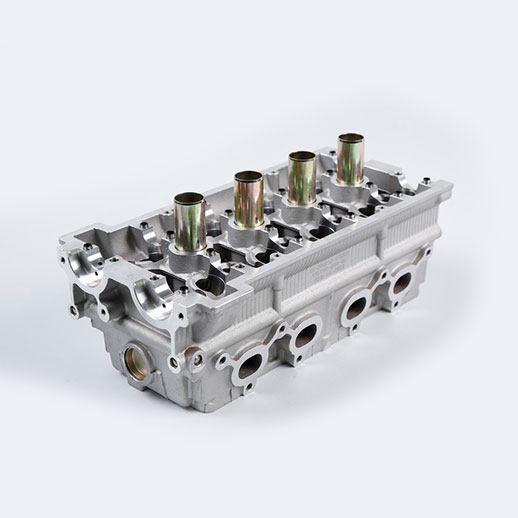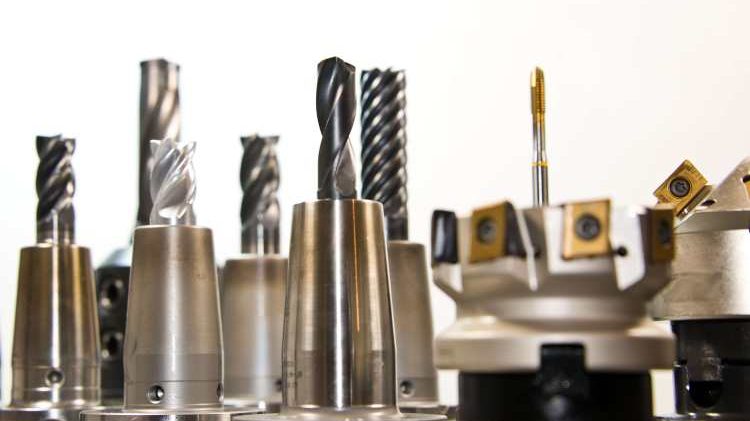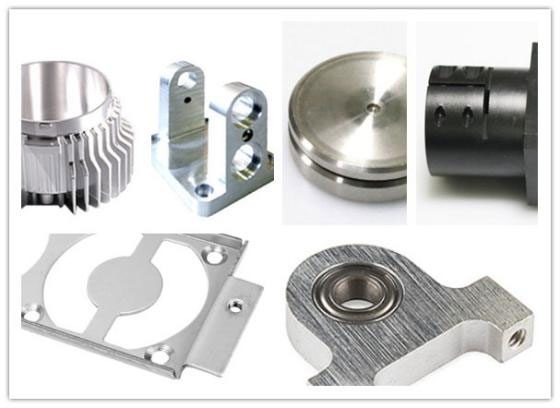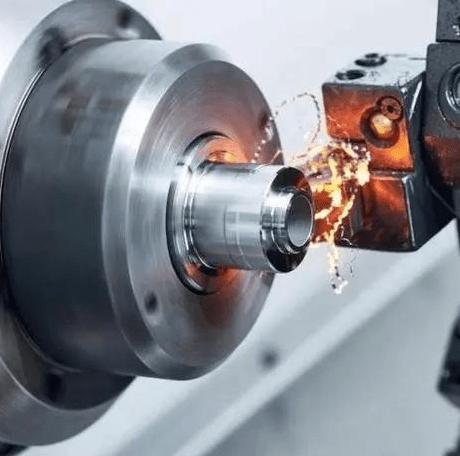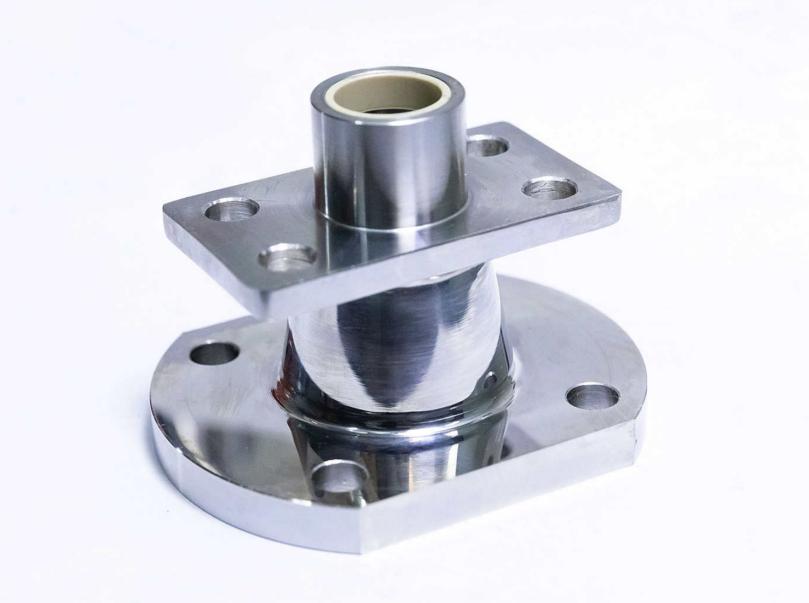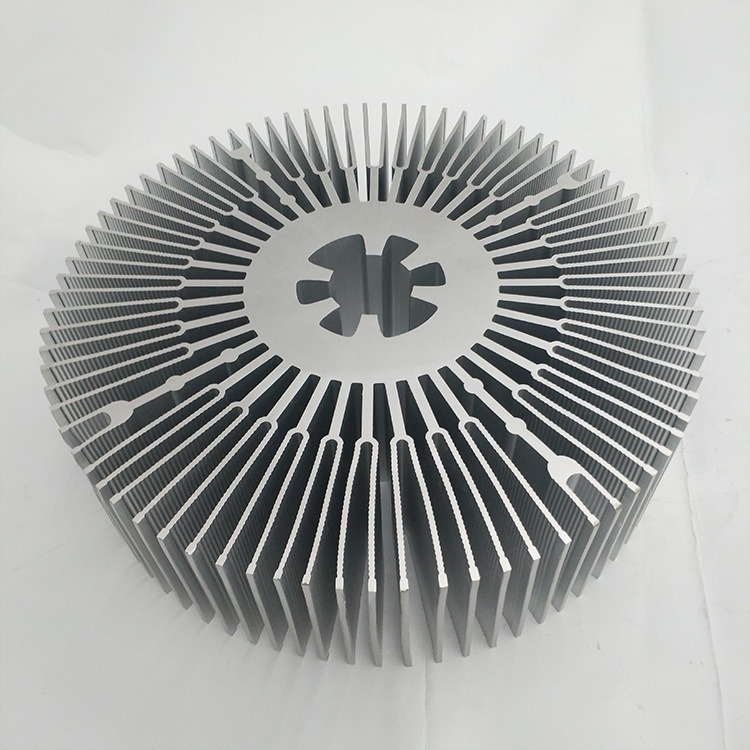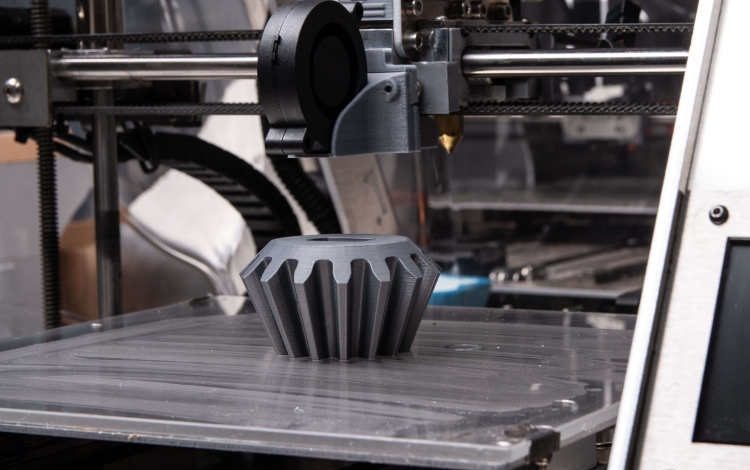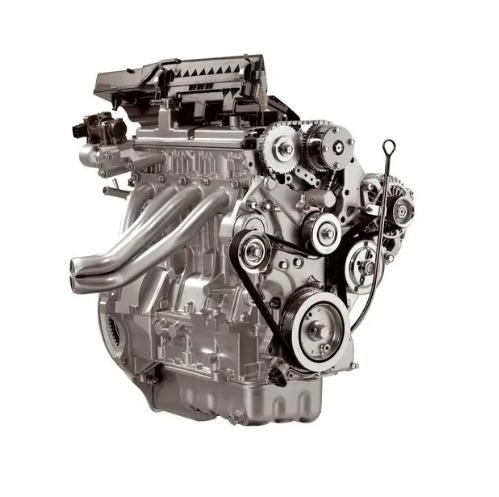CNC machining, a cornerstone of modern manufacturing, relies heavily on the intricate interplay between cutting-edge tools and precisely planned toolpaths. The synergy between these elements is paramount in determining the overall precision and efficiency of the machining process.
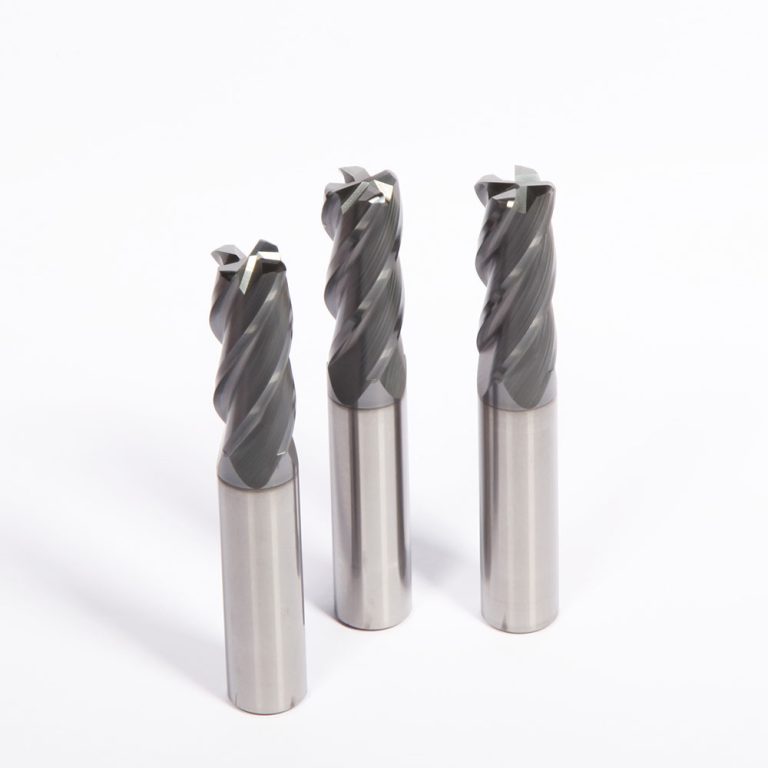
Selection of Common CNC Machining Tools and Considerations
| Tool Type | Description | Tool Materials | Coatings | Geometries | Considerations |
| End Mills | Versatile cutting tools for milling operations. Types include square-end mills, ball-end mills, and corner radius end mills. | – High-Speed Steel (HSS): General-purpose milling of softer materials. – Carbide: Ideal for high-speed machining and harder materials due to hardness and wear resistance. | – TiN (Titanium Nitride): Improves tool hardness and reduces friction. – TiAlN (Titanium Aluminum Nitride): Higher hardness and better heat resistance than TiN. – TiCN (Titanium Carbonitride): Increased wear resistance, suitable for high-speed machining. | – Flute Number and Shape: Higher flute numbers or specialized shapes impact chip evacuation and surface finish. – Helix Angle: Influences chip removal efficiency and tool stability. | – Select end mill type based on the machining operation (e.g., flat end mills for flat surfaces, ball end mills for contouring). – Choose tool materials and coatings matching workpiece hardness. – Consider flute geometry and helix angle for chip evacuation and surface finish. |
| Drills | Cutting tools for creating holes in a workpiece. Types include twist drills, center drills, and spot drills. | – High-Speed Steel (HSS): General-purpose drilling. – Carbide: Enhanced durability and heat resistance, suitable for drilling harder materials. | – TiN (Titanium Nitride): Improves wear resistance and reduces friction during drilling. – TiAlN (Titanium Aluminum Nitride): Better performance at higher cutting speeds. | – Point Angle: Different angles suitable for specific materials and drilling applications. | – Choose drill type based on desired hole characteristics. – Select tool materials and coatings compatible with workpiece hardness. – Consider point angle for optimal performance in specific drilling applications. |
| Taps | Tools for creating internal threads in drilled holes. Types include hand taps, machine taps, and spiral flute taps. | – High-Speed Steel (HSS): General-purpose tapping. – Cobalt: Increased heat resistance and durability. – Carbide: Ideal for tapping hard materials and achieving longer tool life. | – TiN (Titanium Nitride): Enhances wear resistance and reduces friction during tapping. – TiCN (Titanium Carbonitride): Improved hardness and wear resistance. | – Flute Type: Different configurations impact chip evacuation during tapping. | – Select tap type based on desired thread specifications and material being tapped. – Choose tool materials and coatings suitable for workpiece hardness. – Consider flute geometry for efficient chip evacuation and improved tapping performance. |
| Inserts | Replaceable cutting tips are used in various cutting tools, including milling cutters and turning tools. | – Carbide: Widely used for hardness and wear resistance. – Ceramics: Suitable for high-speed machining of heat-resistant materials. – Cermets: Combines characteristics of ceramics and metals for versatile machining. | – Aluminum Oxide (Al2O3): Provides thermal insulation, suitable for high-speed machining. – Titanium Nitride (TiN): Improves wear resistance and prolongs tool life. – Polycrystalline Diamond (PCD): High hardness, effective for machining abrasive materials. | – Cutting Edge Geometry: Different geometries designed for specific machining applications. | – Choose insert materials based on machining requirements and workpiece material. – Select coatings enhancing tool life and performance in specific machining conditions. – Consider inserting geometries for optimal cutting performance in various applications. |
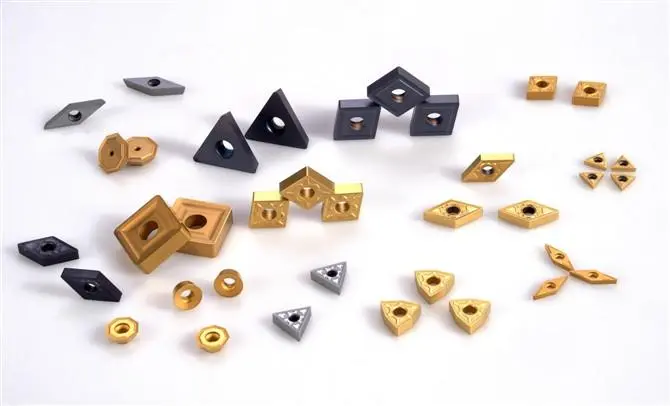
Considerations for Tool Selection Based on Material and Machining Requirements:
- Assess the hardness of the workpiece material and select tools with appropriate materials and coatings.
- Consider the machining operation (milling, drilling, tapping) and choose tools with specific geometries suitable for the task.
- Evaluate the required surface finish and dimensional accuracy, selecting tools that align with these criteria.
- Factor in cutting speeds and feeds based on material properties and machining requirements.
- Regularly monitor tool wear and adjust tool selection or machining parameters accordingly to maintain efficiency and precision.
Key Factors in CNC Machining Tools Selection
CNC machining tool selection is a critical aspect of achieving precision, efficiency, and quality in the manufacturing process. Several key factors play a vital role in determining the appropriate tools for specific applications. Here’s a detailed description of these key factors:
1. Material Compatibility:
The choice of tool material is paramount in determining its compatibility with the workpiece material. Different materials have varying hardness, thermal conductivity, and abrasiveness, requiring specific tool materials to optimize performance.
Impact on Machining Different Materials:
- Aluminum: Tools with high-speed steel (HSS) or carbide materials are suitable due to their ability to handle the softer nature of aluminum.
- Steel: Carbide tools are often preferred for machining steel due to their hardness and wear resistance.
- Titanium: Tools with advanced coatings, such as titanium nitride (TiN) or titanium carbonitride (TiCN), are chosen for machining titanium to enhance tool life and performance.
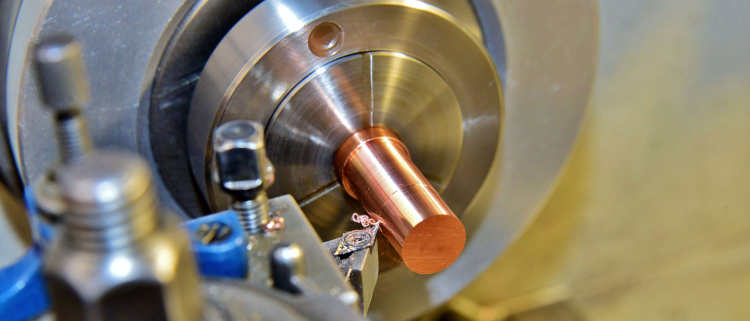
2. Cutting Speeds and Feeds:
Cutting speeds and feeds refer to the rates at which the cutting tool moves across the workpiece and the rate at which material is removed. The optimization of cutting speeds and feeds is crucial for achieving efficient material removal and maintaining tool longevity.
Influence on Tool Performance and Material Removal Rates:
- Cutting Speed: Affects the heat generated during cutting and the overall efficiency of the machining process. Higher cutting speeds are generally preferred for increased productivity.
- Feeds: Impact the rate at which the cutting tool engages with the workpiece. Proper feed rates contribute to improved material removal rates and reduced tool wear.
3. Tool Coatings:
Coatings applied to cutting tools play a crucial role in enhancing tool performance, and durability, and reducing friction during the machining process.
Importance in Enhancing Tool Durability, Reducing Friction, and Preventing Wear:
- TiN (Titanium Nitride): Improves tool hardness, reducing wear and friction.
- TiAlN (Titanium Aluminum Nitride): Offers higher hardness and better heat resistance, prolonging tool life.
- TiCN (Titanium Carbonitride): Provides increased wear resistance, suitable for high-speed machining.
4. Tool Geometry:
Tool geometry refers to the physical characteristics of the cutting tool, including the arrangement of flutes, helix angles, and cutting edges.
Impact on Chip Formation, Surface Finish, and Overall Machining Efficiency:
- Flute Number and Shape: Higher flute numbers or specialized shapes impact chip evacuation, affecting the efficiency of the machining process.
- Helix Angle: Influences chip removal efficiency and tool stability during cutting.
In conclusion, the key factors in CNC machining tool selection are interconnected and must be carefully considered to achieve optimal results. By understanding the material compatibility, adjusting cutting speeds and feeds, utilizing appropriate tool coatings, and optimizing tool geometry, manufacturers can enhance the precision, efficiency, and quality of the CNC machining process.
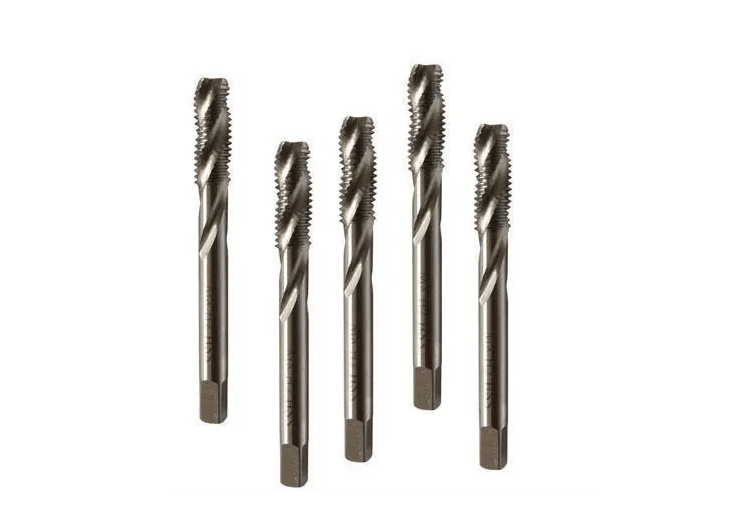
Toolpath Considerations in CNC Machining
CNC machining relies heavily on the planning and execution of toolpaths, which represent the trajectory a cutting tool follows to shape a workpiece. Efficient toolpaths are crucial for achieving precision, reducing machining time, maximizing tool life, and producing high-quality surface finishes. Explanation of the path a cutting tool takes to produce a part.
Types of Toolpaths:
| Types of Toolpaths | Description |
| Contour Toolpaths | Contour toolpaths follow the outlines of the part, shaping its external features. This type of toolpath is often used for creating part profiles and achieving dimensional accuracy. |
| Pocket Toolpaths | Pocket toolpaths are used to clear material within specified areas, such as pockets or recesses. These toolpaths efficiently remove material from the interior of a part. |
| Profiling Toolpaths | Profiling toolpaths focus on cutting along specified paths to create internal or external profiles. This type of toolpath is essential for shaping the edges of a part. |
| Adaptive Toolpaths | Adaptive toolpaths dynamically adjust cutting conditions based on the material being removed. These toolpaths optimize the engagement of the cutting tool to improve efficiency and tool life. |
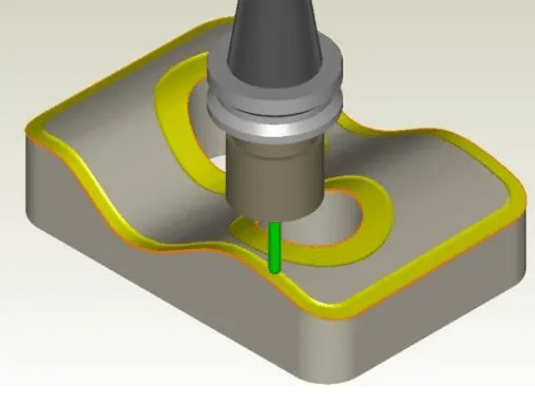
Optimization Strategies for Efficient Toolpath Planning:
- Advanced CAM Software: Utilize advanced CAM (Computer-Aided Manufacturing) software capable of generating efficient toolpaths based on 3D models or 2D drawings. Modern CAM software employs algorithms that consider factors such as cutting conditions, tool engagement, and material properties.
- High-Speed Machining (HSM): Implement High-Speed Machining strategies that involve using higher cutting speeds and feeds. HSM aims to maximize material removal rates while maintaining precision, contributing to more efficient toolpaths.
- Trochoidal Milling: Incorporate trochoidal milling, a strategy that involves using circular toolpaths. This approach is effective in reducing tool wear, improving chip evacuation, and enhancing overall machining efficiency.
- Simulation Tools: Use simulation tools to visualize and analyze toolpaths before the actual machining process. Simulation allows for the detection of errors, collisions, and optimization opportunities, ensuring that toolpaths are refined for optimal performance.
- Adaptive Toolpath Strategies: Leverage adaptive toolpaths that dynamically adjust cutting parameters based on real-time conditions. Adaptive strategies optimize tool engagement and chip evacuation, leading to more efficient material removal.
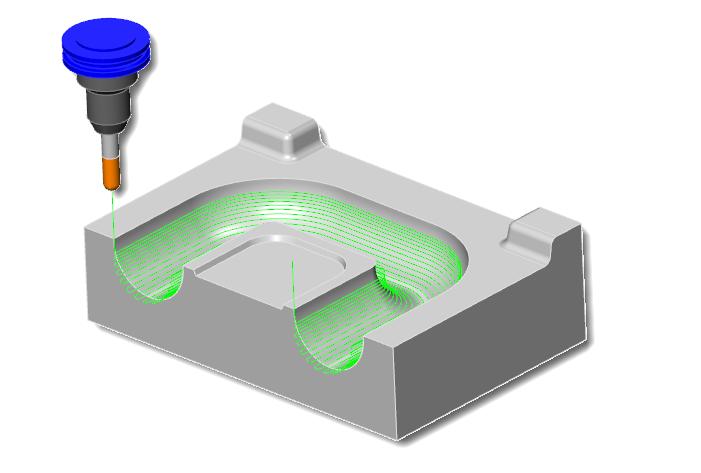
Conclusion
In the realm of modern manufacturing, CNC machining stands as a pinnacle of precision and efficiency, driven by the meticulous interplay of advanced tools and finely crafted toolpaths. As we conclude, it’s imperative to recap the critical role that CNC machining tools and toolpaths play in achieving the highest standards of precision, efficiency, and quality in the manufacturing process.
In conclusion, CNC machining tools and toolpaths are the artisans of the manufacturing world, sculpting raw materials into precision-crafted masterpieces. The harmony between these tools and their orchestrated paths is the essence of CNC machining excellence. As we move forward, embracing technological advancements and refining our understanding of materials and processes, the role of CNC machining tools and toolpaths will remain central to the pursuit of perfection in manufacturing.


